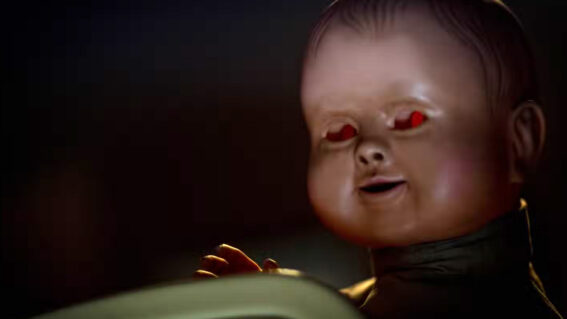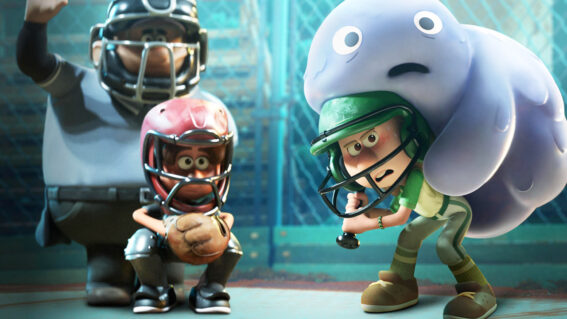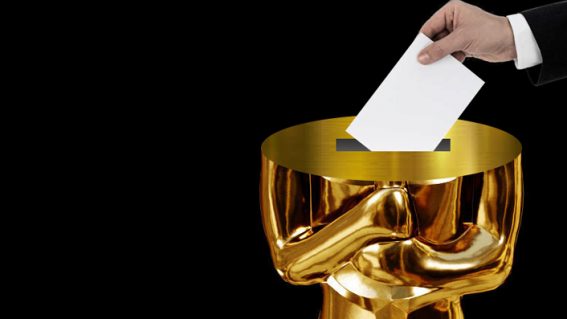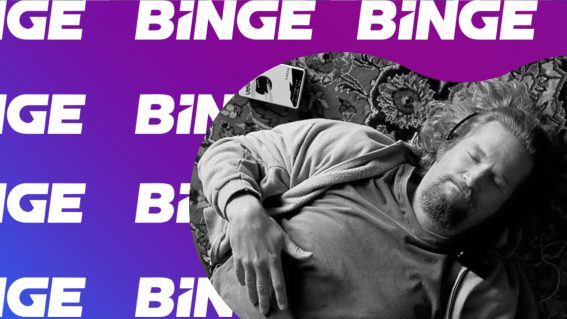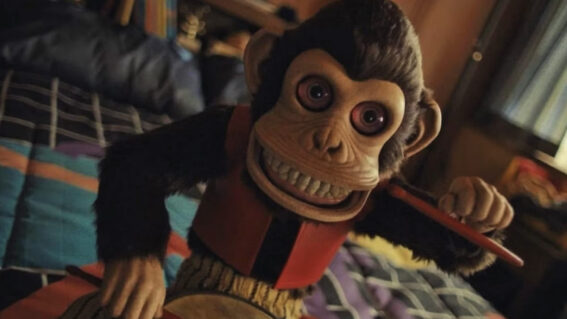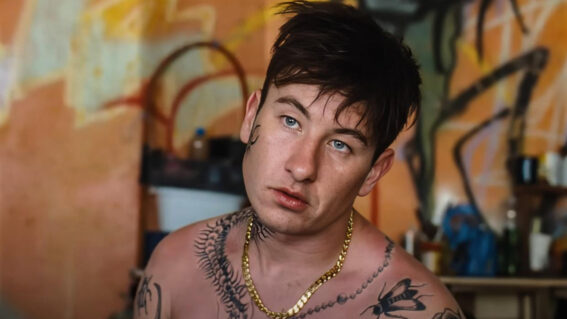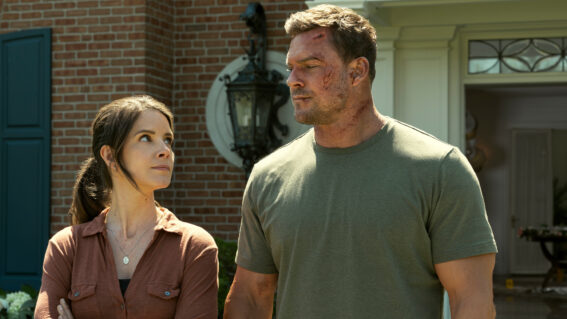The eye-blinding trippiness of Color Out of Space and The Lighthouse
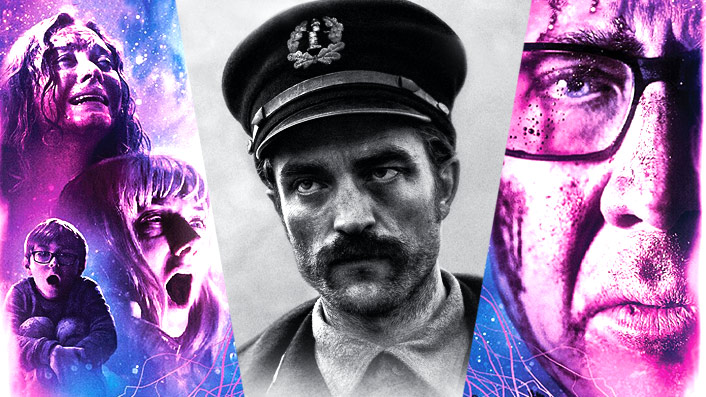
It’s rare to see films as intensely atmospheric as Color Out of Space and The Lighthouse. Even rarer, they are arriving in Australian cinemas on the same day: February 6. Critic Luke Buckmaster unpacks these wild and trippy experiences.
The title Color Out of Space sounds enigmatic, but its meaning is simplistically literalised in director Richard Stanley’s intensely trippy midnight movie. On a farm run by an alpaca-milking Nicolas Cage – the Nicolas Cage you never knew you needed, like the sledgehammer wielding Nicolas Cage and the chainsaw holding Nicolas Cage, and, in fact, every iteration of Nicolas Cage to date – a shining phosphorescent boulder falls to earth from the heavens.
This alien rock is eye-blindingly beautiful. But alas, it also radiates a terrible supernatural force that corrupts the air, water and dirt. It makes residents in and around the farm – including Cage’s character Nathan, as well as his wife and three kids – go a bit mental (not that the famously OTT performer ever needed a justification). At one point Nathan remarks that the boulder rock thingamajig projected a colour he has never seen before, which is a line that doesn’t quite work – given we saw the colour too, and it’s somewhere between pink and fuschia.
So yes: the title isn’t complicated, originating in fact from the source material: a short story by H.P. Lovecraft. But I like to think other meanings can apply. One is that the title suggests colour can be removed – i.e. taken out of – space, perhaps making a point about how space turns into nothing without colour, and vice versa. That meaning also applies literally, in one scene that’s striking not because of its colour but because of its absence: a moment presented in monochrome, arriving at a key point (no spoilers) in the narrative.
The idea of removing colour from space also applies to entire films, of course. One of them – the black-and-white headtrip The Lighthouse (which opens on February 6, the same day as Color Out of Space) – stars Robert Pattinson and Willem Dafoe as two lighthouse keepers, both of whom are named Thomas. Trapped on a tiny isolated island, where they perform menial tasks and get on each other’s nerves, they go like Nicolas Cage goes when he milks alpacas or wields sledgehammers or carries chainsaws. They go crazy.
Cage versus Pattinson in a race to madness
The trajectory of Pattinson’s performance is like Cage’s, in that the weirder and more dramatic the film gets, the weirder and more dramatic his performance gets. In Color Out of Space the ‘something’s funny in the water’ premise legitimizes the actor’s journey into grotesque high drama. Pattinson’s justifications in The Lighthouse are both simpler and more complex. The longer he stays on the island with a gruff, mean, farting, ranting Dafoe the more he drinks; and the more he drinks the crazier he gets (to be fair, if you were stuck on a tiny isolated island with a gruff, mean, farting, ranting Dafoe, you would need booze too. And if you were stuck on a tiny isolated island with a gruff, mean, farting, ranting, and yes alpaca-milking Nicolas Cage, you would need, I don’t know, something stronger: heroin?).
The film’s director, Robert Eggers – who co-wrote the screenplay with his brother Max – also pushes Pattinson to psychological oblivion in non-boozy ways, connecting his mental journey to the discovery of a small mermaid doll (I’m being deliberately cagey with details) and his interactions with seagulls on the island. If Dafoe’s character is right, and these birds have assumed mythical qualities, it might not have been a good idea for Pattinson to have beaten one to death by repeatedly banging it against a rock, taking revenge on behalf of humanity for all those times seagulls stole our chips at the beach.
Cage’s line about how he saw a colour brand new to his eyeballs would have worked better in a film styled like The Lighthouse – a film bathed in monochrome, that is, colour itself relegated to the realm of the unusual. Eggers’ decision to use black and white is striking, though not the first striking thing about the film’s aesthetic. That’s its boxed in 4:3 cinematography, a visual technique with a claustrophobia-inducing effect, concentrating the drama.
Both films create disgustingly good atmosphere
From the opening shot there’s never any doubt the director is in absolute control. Not just of every scene and every moment, but of every shadow and every stream of light – though Oscar-nominated cinematographer Jarin Blaschke (who also shot Eggers’ debut feature The Witch) deserves no small amount of credit. The Lighthouse feels hermetically sealed, existing inside a tight enclosed reality all its own.
By contrast, Color Out of Space feels like it is constantly festering; as if it is spreading from the screen like a virus. This is achieved in part by Stanley filling the film with elements that feel sticky: mist, fog and rain, for starters, then, as the horror progresses, sweat and saliva and blood and goo and various other substances – including, of course, alpaca milk.
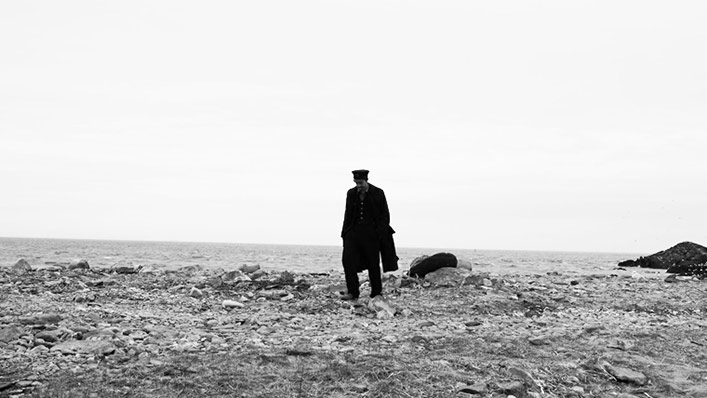
Things get disgusting in The Lighthouse also, but given the film is a slow burn there’ll be no divulging the surprises. Having said that, both The Lighthouse and Color Out of Space are works of atmospheria, and true works of atmospheria are generally not the sort of experiences that can be ruined, or even necessarily articulated, in words. Neither film reaches Eraserhead levels of cinema-as-subconscious thought – visual poetry or visual gibberish depending on your mood and perspective – because both refuse to relinquish clear narrative structures.
And each film goes for a slightly different audience. Color out of Space is perfect for your midnight movie thrill seeker; The Lighthouse perfect for your festival-goer looking for something weird to break up all those dramas about Polish potato farmers and the human condition. Both are defined, at least in part, by a prevailing sense of madness cunningly evoked by the filmmakers. Maybe the most effective way of describing them is simply to say they are both bonkers. Both immensely trippy and atmospheric. And both, in their own ways, very good.



